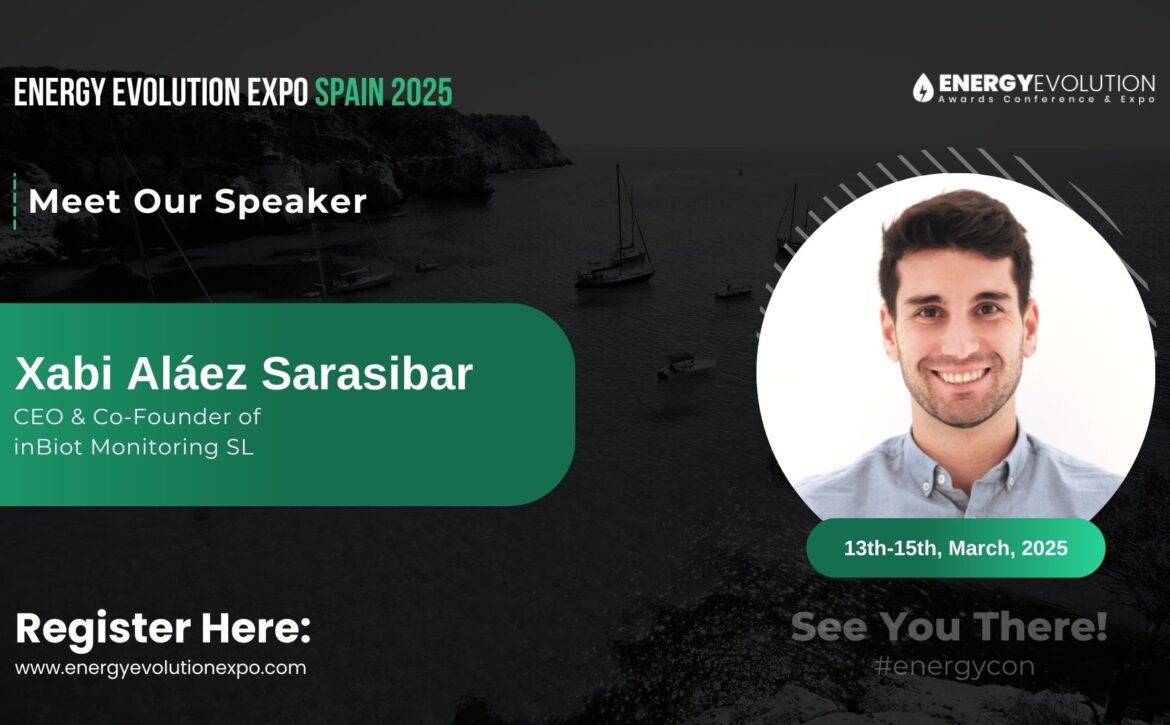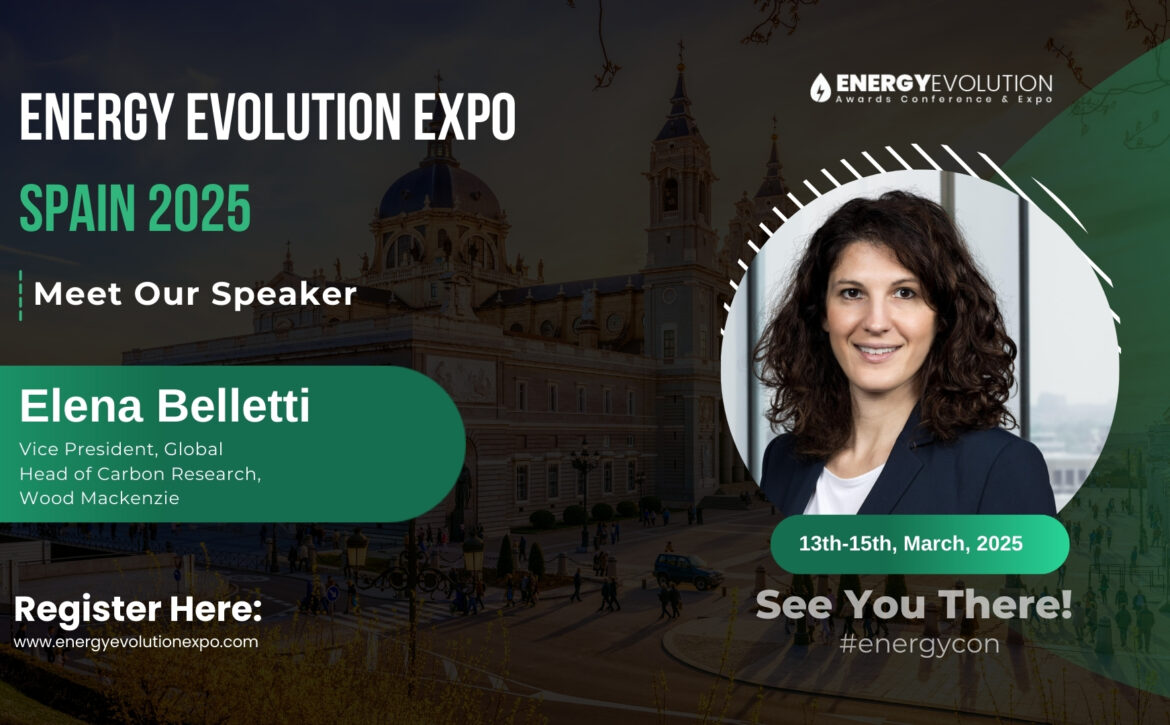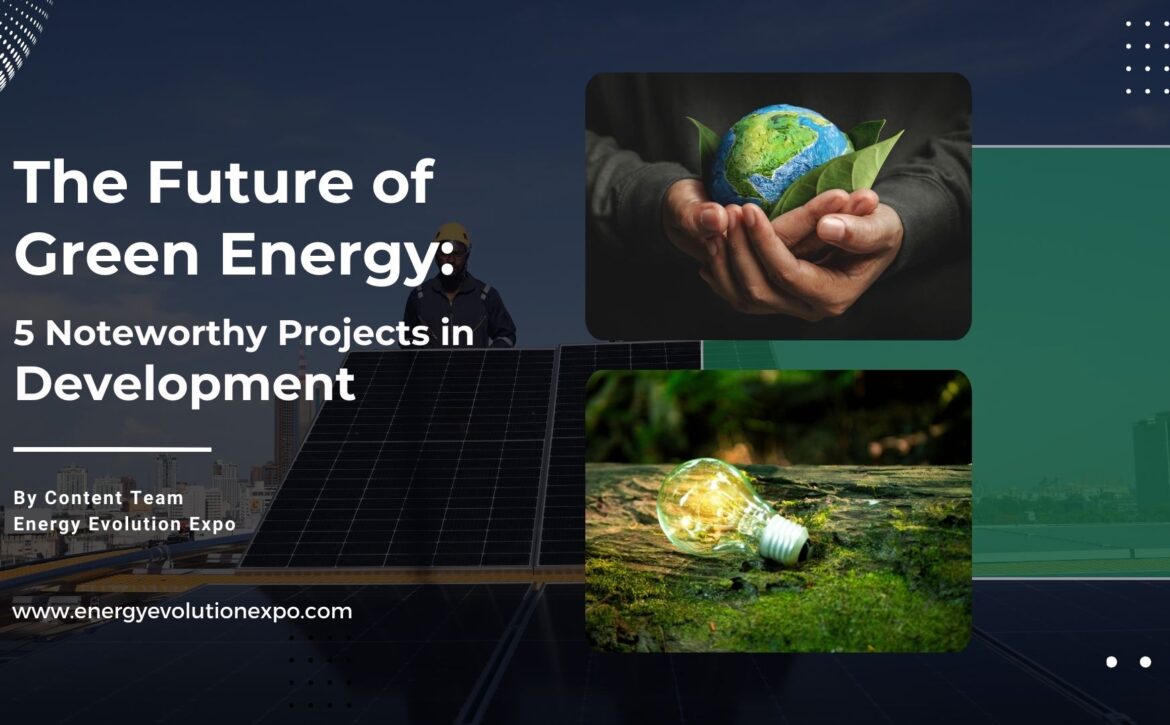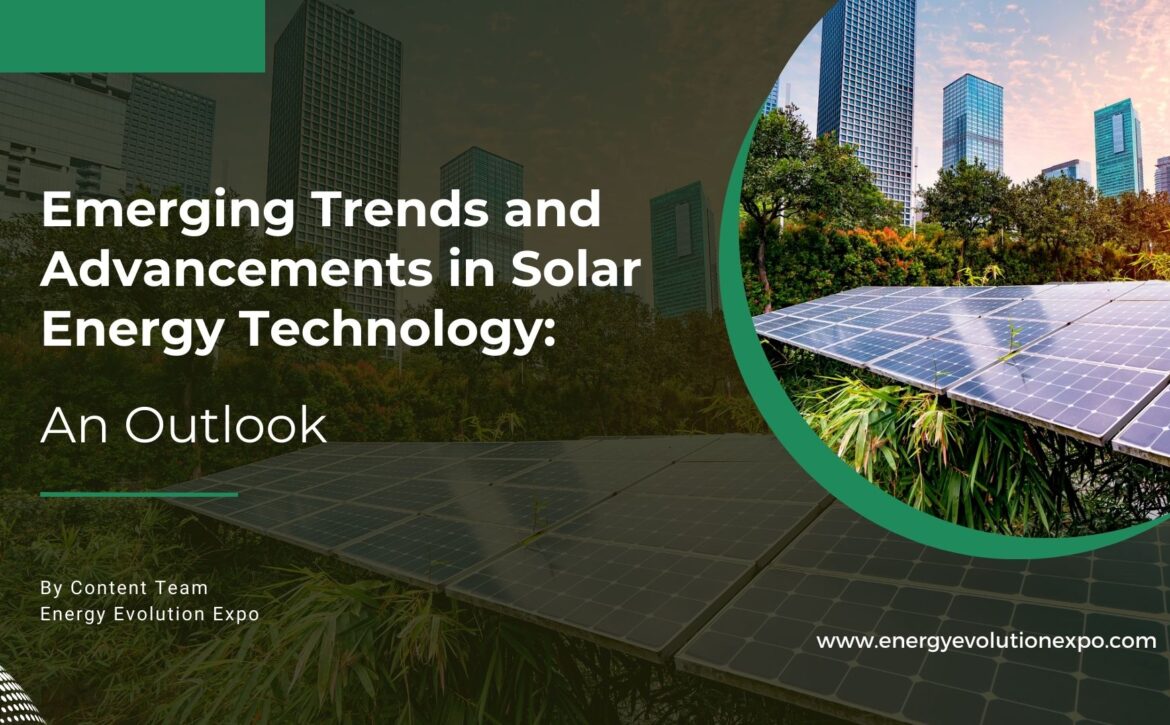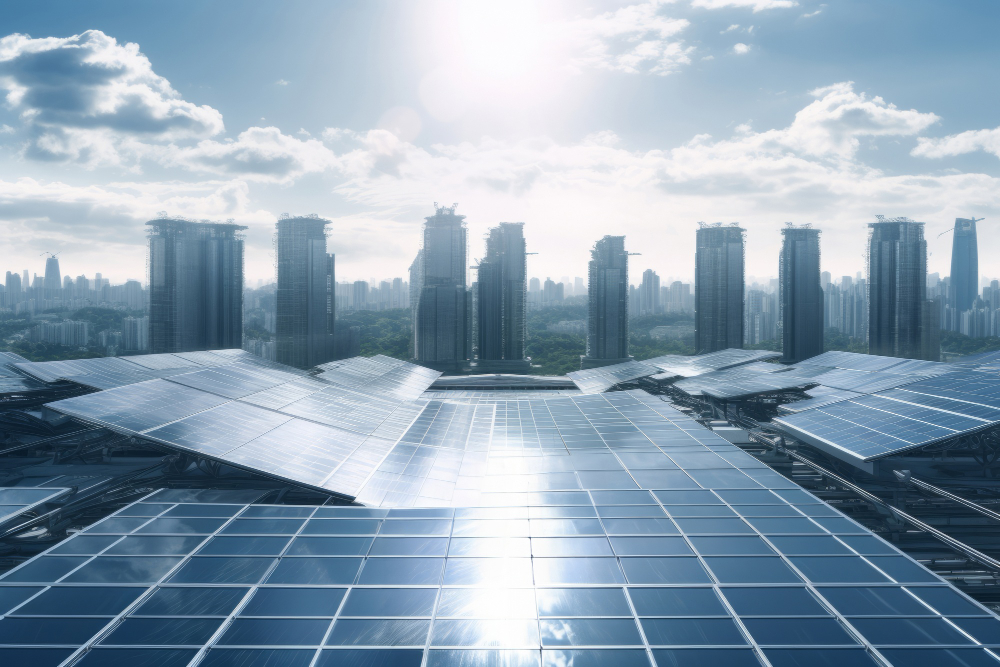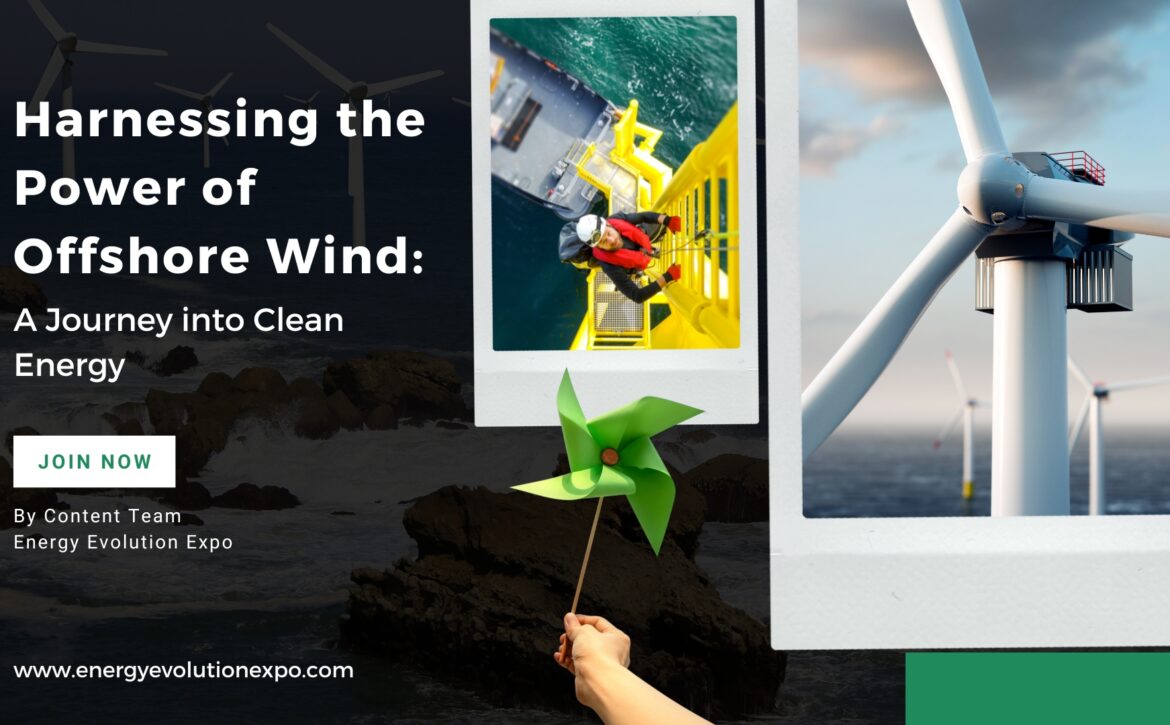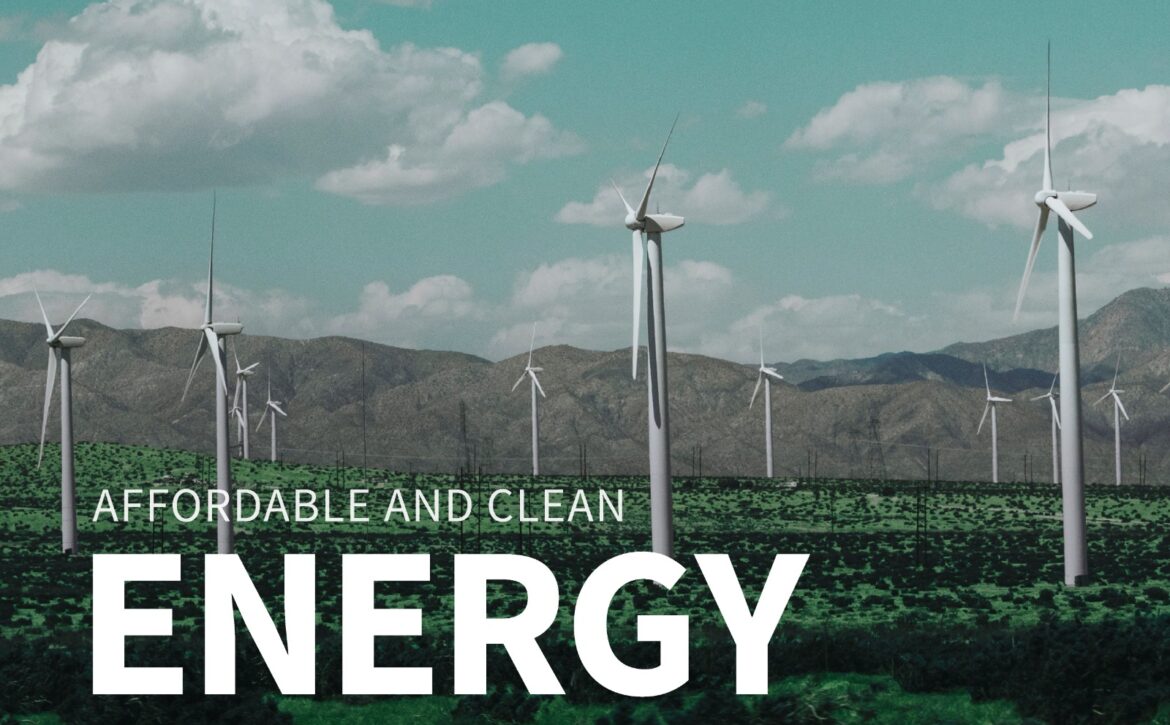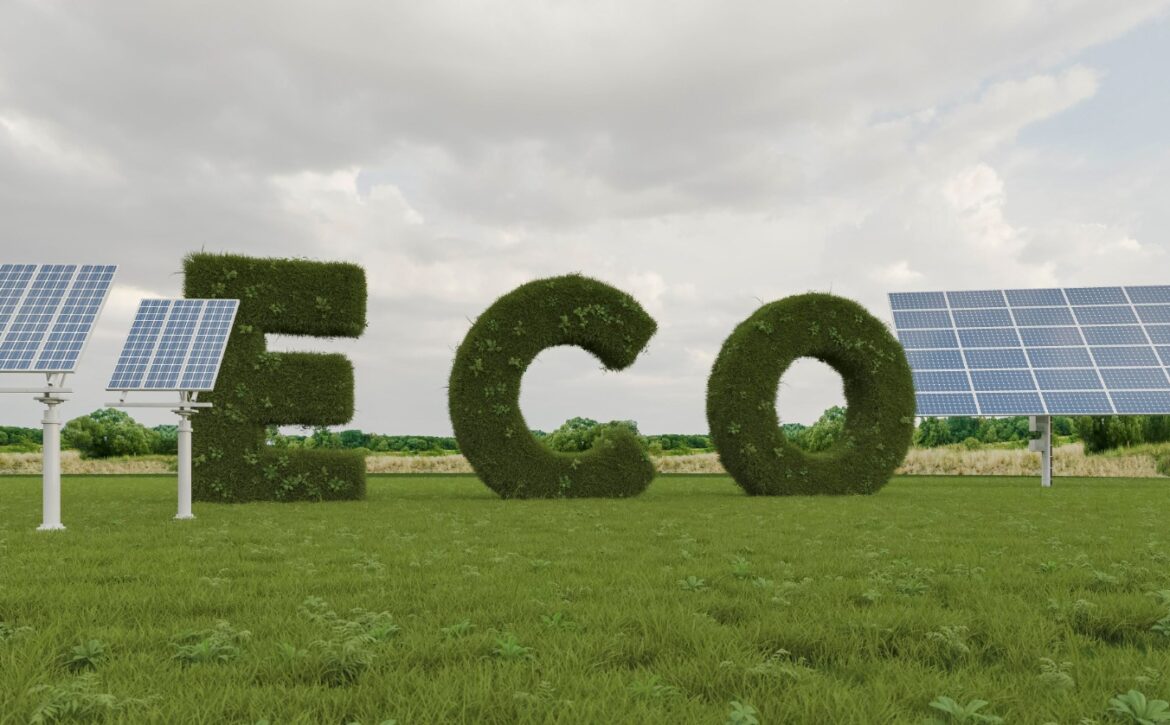Introduction
In the global pursuit of sustainable development, renewable energy has become a fundamental aspect, spurred by the critical need to address climate change and decrease reliance on traditional fossil fuels. The adoption of renewable energy sources like solar, wind, and hydroelectric power is rapidly gaining momentum due to advancements in technology that enhance their feasibility and cost-effectiveness. This transition is not only reshaping renewable energy projects sectors but also impacting economic policies, environmental strategies, and global geopolitical settings, that is the reason to get more interactions in renewable energy projects sector. let’s go and try to understand how and what the renewable energy projects sector’s impact in the technology.

Renewable Energy Projects
Renewable energy projects represent a pivotal shift towards sustainability, driving innovation and progress in combating climate change. These projects harness the power of nature—wind, solar, hydro, and more—to generate clean, efficient energy. From offshore wind farms to solar parks, renewable energy projects are revolutionizing the way we power our world. With each initiative, renewable energy projects showcase the potential for a greener, more sustainable future. By investing in and advancing renewable energy projects, we not only reduce our reliance on fossil fuels but also pave the way for a cleaner environment and a brighter tomorrow.
To forecast the future of renewable energy, it is essential to analyze current trends, technological progress, regulatory frameworks, and market dynamics to anticipate the evolution of energy systems over the upcoming years. As we look to the future, we must comprehend the potential pathways of renewable energy projects expansion and their ramifications for societies worldwide. By 2028, the IEA forecasts that renewables will account for 42% of global electricity generation, with wind and solar power making up 25%. Here are some noteworthy projects currently in progress aimed at achieving the goal of a sustainable future.
Dogger Bank Wind Farm:
In the quest to be the world’s largest offshore wind energy endeavor, the Dogger Bank Wind Farm is a prominent project poised to realize this ambition. Positioned off the shores of England, it is anticipated to produce 3.6 GW of power, effectively supplying energy to six million households in the UK upon its scheduled completion in 2026. Spearheaded by SSE Renewables (40%), Equinor (40%), and Vårgrønn (20%), this project, valued at £9 billion, is structured into phases A, B, and C. Each phase is designated to incorporate 95 wind turbines, with phase A already being operational.
A significant moment in the realm of renewable energy was achieved during the installation of GE’s Haliade-X, currently recognized as the most robust offshore wind turbine in operation. This groundbreaking turbine, boasting a peak output of 14MW, commenced electricity generation in October 2023. It is noteworthy to highlight that this particular project marked the inaugural deployment of the Haliade-X turbine globally.
Remarkably, a single rotation of its blades can provide power to a UK residence for over two days, underscoring the turbine’s substantial power and efficiency. Alistair Phillips-Davies, SSE’s Chief Executive, lauds it as the world’s biggest and most innovative offshore wind farm, generating enough energy to power a house for two days per rotor turn. The project is expected to create around 3,000 jobs in the UK and signifies a significant leap in renewable energy advancements.
Visit this link for more information: https://doggerbank.com
By obtaining environmental approval on February 1, 2023, Iberdrola has been granted permission to proceed with the construction of the 1.2 GW Fernando Pessoa solar project in Santiago do Cacém, located near Sines, Portugal. Developed in collaboration with Prosolia Energy, this project, valued at €800 million, is anticipated to be operational by 2025 and will cater to the electricity needs of approximately 430,000 households. Iberdrola has made arrangements for a grid connection with REN and has obtained land for the development of this project.
Furthermore, Iberdrola has outlined plans to invest €3 billion in wind and solar energy initiatives across Portugal. Recent accomplishments include the completion of the 46 MW Alcochete solar complex, along with two additional photovoltaic facilities – the Conde (13.5 MW) and Algeruz II (27 MW) projects. Moving forward, onstruction is expected to commence in 2023 on the Montechoro I and II projects (37 MW each) and the Carregado project (64 MW), with the Estoi solar plant, with a capacity of 83 MW, scheduled for development in 2024. These initiatives are the result of Iberdrola successfully securing 270 MW through eight solar PV projects during Portugal’s 2019 and 2020 capacity auctions.
Furthermore, in July 2022, Iberdrola initiated the development of a 1.2 GW pumped storage hydropower project along the Tâmega River. As of the conclusion of 2021, Portugal’s energy capacity stood at 21.4 GW, comprising contributions from hydro (33%), wind (26%), gas (23%), and solar (8%). Portugal’s National Energy and Climate Plan (NECP) for 2030 targets a 47% share of renewable energy in final consumption by 2030, an increase from approximately 30% in 2020.
On January 27, 2023, OX2 announced the development of the Tyrsky offshore wind farm in the Gulf of Bothnia, within Finland’s economic zone. This project is expected to have a total installed capacity of 1,400 MW and is now part of OX2’s project development portfolio for Q1 2023. Last year, OX2 received a research permit for the Tyrsky wind farm from the Finnish government. The next phase involves conducting an Environmental Impact Assessment (EIA).
The licensing period is anticipated to last approximately four years, with the wind farm potentially becoming operational around 2030. The Tyrsky wind farm will be situated southwest of Vaasa, about 30 kilometres northwest of Kaskinen, and will feature around 100 turbines, producing an estimated annual output of 6 TWh.GE Renewable Energy, Siemens Gamesa and Vestas are prominent companies to supply the turbines. Paul Stormoen, CEO of OX2, emphasized the importance of renewable energy projects for the shift towards hydrogen, fossil-free industries, and electrification.
He highlighted offshore wind farms as the fastest and most cost-effective method for large-scale electricity production and expressed satisfaction in adding another significant project to their portfolio. Previously, OX2 has developed two major offshore wind farms in Finland and is also working on projects in Åland and Sweden. By the end of Q3, 2022, their offshore wind project portfolio totalled 18.3 GW.
Delta 2 Wind Farm is a 798.84 MW onshore wind power project located in Aragon, Spain. Developed by Forestalia Renovables and Repsol Electricidad y Gas, the project is currently fully owned by Repsol Electricidad y Gas. Construction began in 2021, and the project is expected to be commercially operational by 2023. The wind farm will supply clean energy to 800,000 households and offset 2,600,000 tons of CO2 emissions annually.
The project will be developed in multiple phases, featuring different turbines: Delta 2 Wind Farm II will use GE Renewable Energy turbines with 22 units of 6.1 MW each, while Delta 2 Wind Farm IV will employ Siemens Gamesa Renewable Energy SG 5.0-145 turbines, consisting of 12 units with a 5 MW capacity each. Siemens Gamesa will also handle operations and maintenance for Delta 2 Wind Farm IV for five years. LM Wind Power (Canada) is expected to supply rotor blades, each with a length of 145 meters.
Inaugurating the delivery of electricity from its 551 MW solar project in Khavda, Gujarat, Adani Green Energy Limited (AGEL) has initiated the process of supplying power to the national grid. Upon its completion, the Khavda renewable energy park is set to become the world’s largest, boasting a capacity of 30 GW.
This significant project aims to provide energy to approximately 16.1 million households in the upcoming five years, thereby preventing an estimated 58 million tonnes of CO2 emissions annually. Situated in Gujarat’s Kutch district, Khavda stands as an ideal location for wind and solar ventures due to its high solar irradiation levels (~2,060 kWh/m2) and strong wind speeds (~8 m/s). AGEL’s ambitious plans involve an investment of approximately Rs 1.5 lakh crore for the development of 26 GW in solar capacity and 4 GW in wind capacity.
The park’s anticipated production of 81 billion units of electricity at its zenith will be sufficient to power countries such as Belgium, Chile, and Switzerland. With 2,000 MW already commissioned, AGEL is aiming to add 4 GW by March 2025 and subsequently incorporate 5 GW annually. The project encompasses amenities such as worker colonies, desalination plants, and other utility infrastructure.
https://www.adanigreenenergy.com/newsroom/media-releases/adani-green-begins-generation-from-the-worlds-largest-renewable-energy-park
Conclusion
These renewable energy projects exemplify a promising stride towards sustainable energy solutions. Their innovative approach, coupled with their potential for widespread implementation, positions them as a beacon of hope in the transition towards a cleaner and greener future. The progression of these projects offers the potential to revolutionize the energy sector and drive the transition towards a greener and more sustainable world. To facilitate understanding of the latest developments and trends in the Renewable energy Industry, various Conferences and Expos, which bring Industry leaders together, are crucial.
The Energy Evolution Awards, Conference, and Expo organized by Next Business Media is making its debut in Spain in 2025. It will be a leading forum dedicated to honoring excellence in Energy Technology, showcasing innovations, and fostering collaborations. The events unite industry leaders, and visionaries to explore the latest advancements, tackle key challenges, and shape the future of Energy.
The Energy Evolution Awards, Conference, and Expo will celebrate outstanding achievements, promote sustainable practices, and drive the Energy Industry forward into a technologically advanced sustainable era. Energy Evolution Awards, Conference, and Expo will be a platform for cultivating innovation and shaping a brighter, more efficient energy landscape.
The Future of Green Energy: 5 Noteworthy Projects in Development


